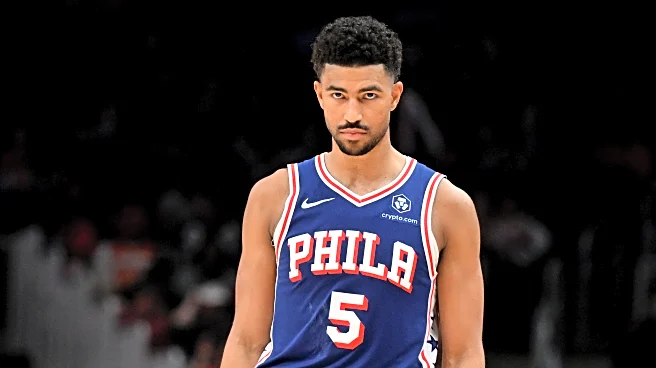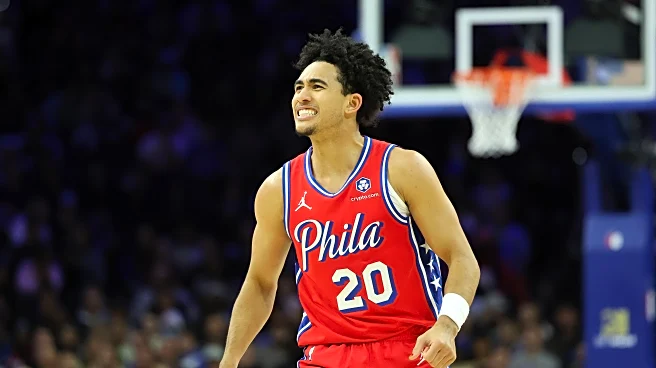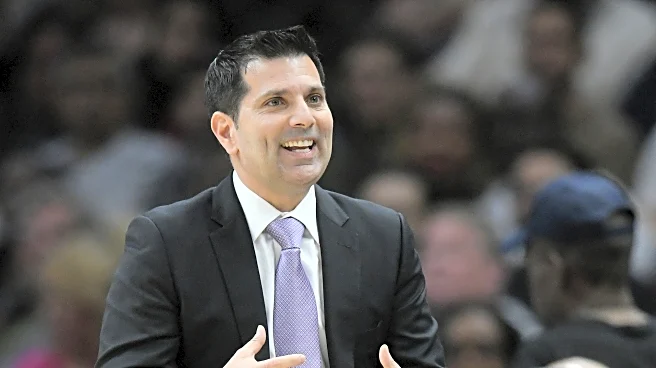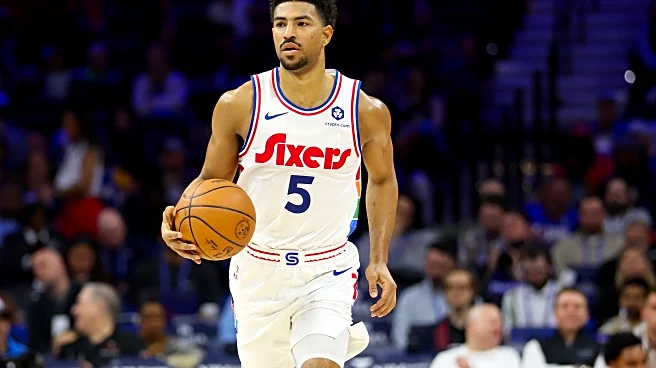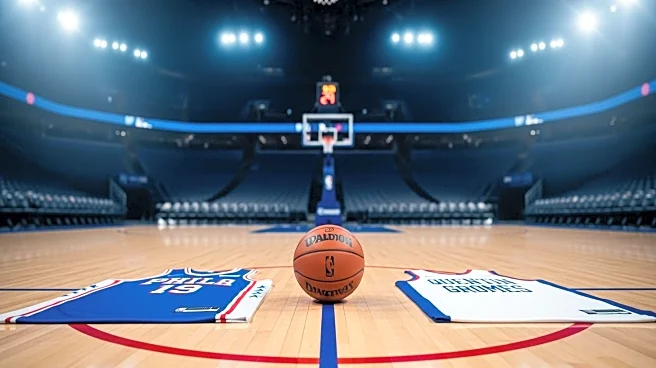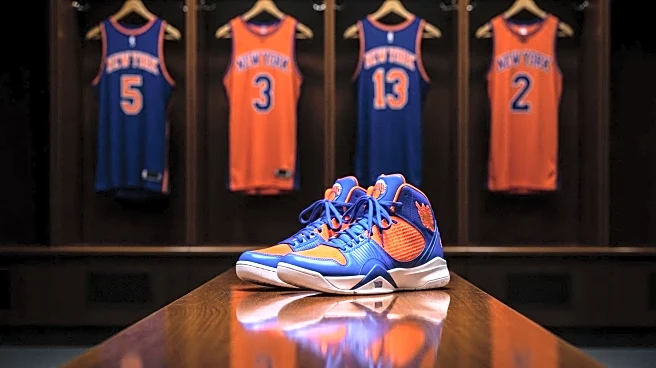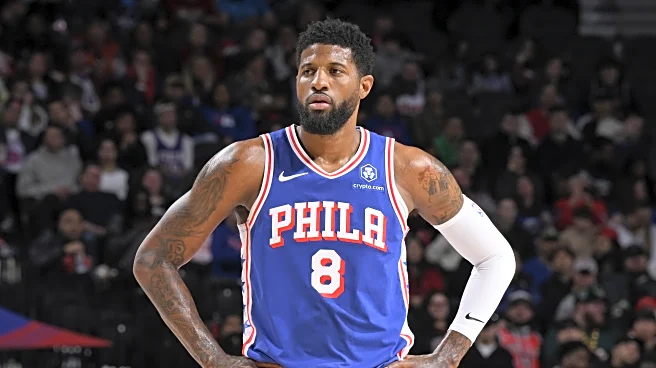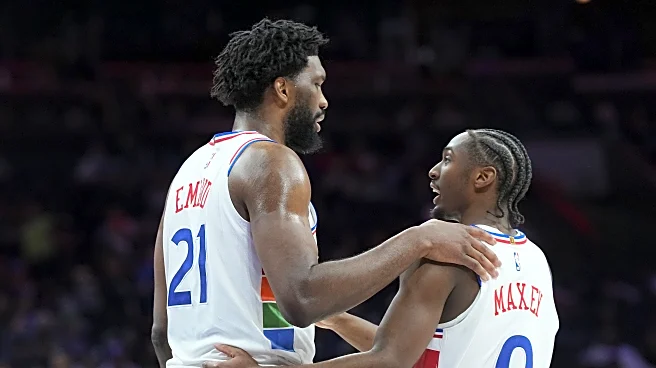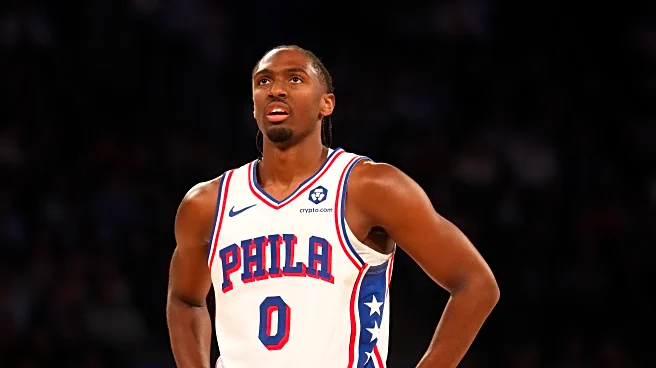Quentin Grimes’ restricted-free-agency saga took a turn Wednesday, as ESPN’s Shams Charania reported that he and the Sixers remain “very far apart” in contract negotiations. He added that the two sides may be heading toward Grimes picking up his one-year, $8.7 million qualifying offer or a sign-and-trade.
If the Sixers aren’t willing to pay Grimes what he wants, a sign-and-trade would be his best option. Taking the qualifying offer would be a tremendous risk. (Just ask Nerlens Noel.) Although next
summer projects to be friendlier to free agents than this past offseason was, Grimes still might not get offers much higher than the non-taxpayer mid-level exception, particularly if he can’t replicate the production from his late-season breakout.
From the Sixers’ perspective, they’d vastly prefer to get something in return for Grimes rather than losing him for nothing as a free agent next summer. In theory, that should make a sign-and-trade more appealing to both sides than Grimes taking his qualifying offer. However, the artist formerly known as Base Year Compensation (BYC) will complicate those efforts.
For the true sickos out there, here’s the exact wording in the CBA:

If you don’t feel like sorting through legalese, here’s the TL;DR version: If Grimes receives more than a 20 percent raise (which he will) and gets sign-and-traded to a team that’s above the salary cap, his incoming salary won’t be the same as his outgoing salary. He’ll count as 100 percent of his new salary for the team that acquires him, but he’ll only count as 50 percent of his new salary for the Sixers for the purposes of outgoing salary.
So, for example, if Grimes signs a contract starting at $20 million flat, he’ll count as $20 million in incoming salary for his new team, but he’ll be only $10 million as outgoing salary for the Sixers. Given the league’s salary-matching rules for trades, that would complicate a deal with any team other than the Brooklyn Nets, who could just absorb Grimes into their cap space without having to send back outgoing salary.
The Sixers are currently $10 million below the first apron, which means they’re allowed to take back more salary than they send out. However, doing so would hard-cap them at the first apron, which they’d presumably like to avoid for the time being. The Sixers thus wouldn’t want to take back more salary than they send out in a Grimes sign-and-trade.
The latest CBA did expand the salary-matching rules for trades. Previously, teams sending out at least $19.6 million in salary or teams over the luxury-tax threshold could only receive 125 percent of the salary they sent out, plus $100,000. Now, teams under the first apron can take back roughly $8.5 million more in salary than they send out. ($8,527,010, to be exact.) However, those limits in conjunction with the BYC rules would still reduce the Sixers’ sign-and-trade options.
Hypothetically, let’s say Grimes is amenable to a deal starting at $17 million flat. He’d count as $17 million for incoming salary and only $8.5 million as outgoing salary, which means he’d fit under the expanded salary-matching rules. However, the Sixers would still need to find a team that was at least $8.5 million under the first apron and had roughly $8.5 million in salary to trade away.
At the moment, only 15 teams are at least $8.5 million below the first apron (including the Sixers). So, that immediately wipes out half the league as a possible option for Grimes. Of those remaining 14 teams, how many have the requisite salary to send out? Particularly considering that players who signed new contracts this offseason aren’t eligible to be traded until Dec. 15 at the earliest?
Perhaps Grimes would take even less than a $17 million starting salary to widen his sign-and-trade options. For instance, if his new deal started at $15 million, he’d count as $7.5 million in outgoing salary rather than $8.5 million. Still, his new team would need to send out at least $6.5 million in salary to satisfy the salary-matching rules, but no more than $7.5 million so the Sixers didn’t take back more salary than they sent out.
Daryl Morey and Co. have the reputation of being one of the more cap-savvy and creative front offices in the league, so they’ve surely explored almost every possible sign-and-trade permutation at this point. (What else have they had to do for the past few months?) But the BYC rules and the salary-matching limits for trades would make a sign-and-trade involving Grimes difficult (if not impossible) depending on the starting salary of his new deal.
